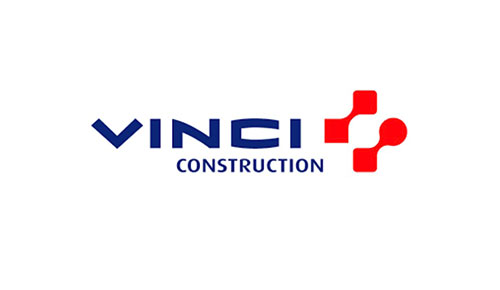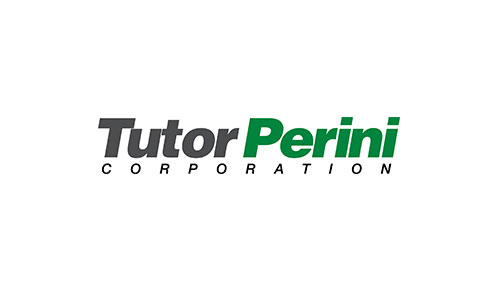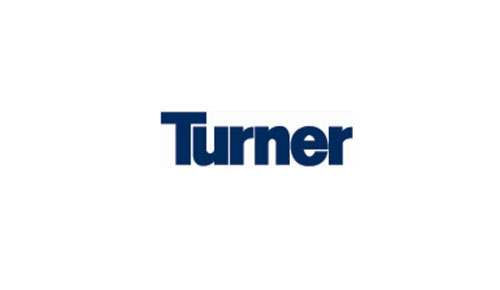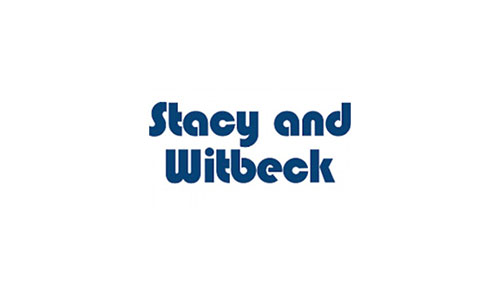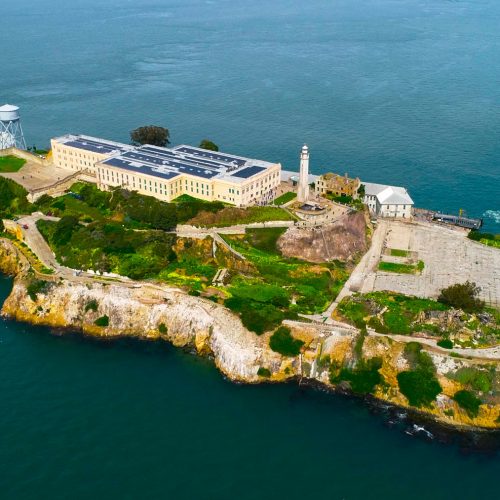Boulderscape
Shotcrete was originally known as “gunite”. Gunite was invented in the early 1900s by Carl Akely, an American taxidermist. Mr. Akely used a method of shooting a dry material through a hose using compressed air. At the nozzle, water was injected into the dry material before it impacted the molds he created for model animal replication. In time this process was used to fix weak or decaying areas in old buildings. In 1911 Mr. Akely, was granted a patent for this particular method of installation. The equipment was patented as the “cement gun”. Later on, the Cement Gun Company patented the installation process as “gunite”.
Shotcrete WorkersThe dry-mix process was used for several decades after Mr. Akely’s patents were acquired. In the 30’s, coarse aggregate was introduced into mix and the new term “Shotcrete” was born. Around the beginning of the 1950’s, the introduction of the rotary gun for the dry-process was born. This process allowed for a more controlled and higher volume of material installed. By the mid 50’s a new process called the wet-mix process was introduced. This new process allowed for concrete already mixed with water, to be introduced into pumping equipment. The pumping equipment would hydraulically push the wet concrete material through a hose. At the nozzle, air was introduced to accelerate the material so the concrete would impact the substrate with higher force. Since the introduction of the wet-mix process, the patented name “Gunite” having legal implications, has slowly been fading as a term used in this field of work. The name “shotcrete”, is currently the accepted term to describe the gunning process, and includes both the wet and dry shotcrete process.
Shotcrete/Gunite – Wet Process Vs. Dry Process
Shotcrete WorkersThe term “Gunite” is a term that has been fading from the shotcrete industry. When comparing Shotcrete V. Gunite, we are actually comparing the wet shotcrete process to the dry shotcrete process.
Dry-mix Shotcrete Process
The dry shotcrete process uses, in most cases a pre-dampening system that will pre-wet the dry material with water so that the crystallization process will begin in the cement before the material exits the nozzle. This process, allows for the concrete material to be more evenly mixed before it impacts the intended substrate. The water also aids in the moving of the concrete through the shotcrete hose. The challenges in using the dry-process are as follows:
- Large lay-down area needed for storage of concrete material
- Protection of stored concrete material from weather and moisture
- Monitoring exact water volume added at nozzle
- Area needed to store large CFM compressor
- In some cases, use of additional labor to operate the equipment
Although there are challenges with the dry-mix shotcrete process, there are also many benefits in using this process:
- The dry concrete material can be transported to hard access areas
- The concrete material can be mixed on command
- Stopping of the dry mix process seldom leads to quickly dismantling and cleaning of hoses and equipment.
- Hoses are easier to maneuver than wet-mix process hoses.
- More precise material installation when patching concrete.
- Admixes are activated on command and are initiated just before installation.
Wet-mix Shotcrete Process
Shotcrete MixerThe wet mix process uses a calculated and measured concrete mix design that has already been premixed with water before being introduced into the concrete pump. The premixed concrete is usually transported by way of a concrete ready mix truck. The weights of all materials being added to the concrete mix design and the time needed for mixing and transportation are printed on a document called a “batch ticket”. This ticket allows the contractor, inspector, and or Owner to monitor and file each batch of concrete delivered. Some of the challenges associated with the wet-mix shotcrete process are:
- Setting time of the concrete
- Concrete delivery distances
- Material separation in concrete hose
- Concrete hardening in concrete hose
- Getting mixed concrete to hard accessed areas
- Heavier concrete hoses when compared to the dry shotcrete material process
Wet-mix Shotcrete Process
Although there are challenges with the wet-mix shotcrete process, there are also many benefits in using this process:
- More consistent material proportions
- More consistent water content
- High volume of concrete placed in a day
- Documented by way of “batch tickets”
- Addition material can be acquired quickly
Both the wet and dry shotcrete processes have their strengths and weakness. It is the professional shotcrete contractor that assess the challenges of each project and determines whether the project should receive the wet or dry shotcrete process. Both processes are solid and effective ways of installing concrete, it is knowing when one process is more suited for a particular project then another.

